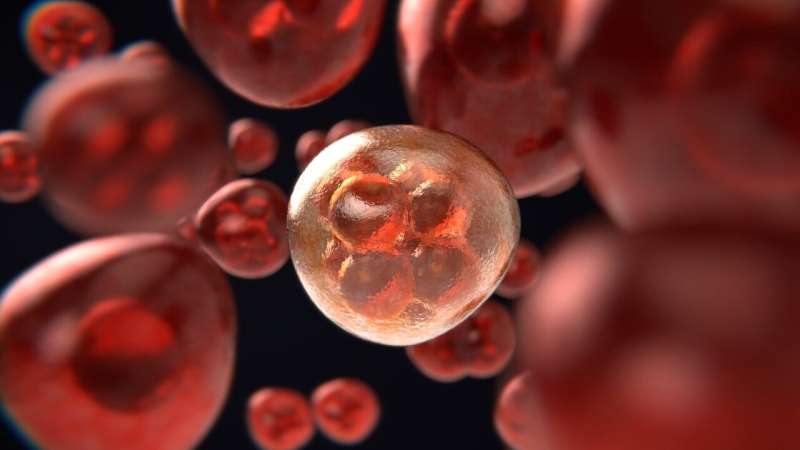
New research has revealed the differences in mechanism behind cancer’s resistance to the major class of anti-cancer drugs known as nucleoside analogs.
Nucleosides are molecules containing the genomic information that can be chemically modified into so-called nucleoside analogs to cause them to inhibit DNA formation in cancer cells, causing the cells to die. However, the presence of the enzyme SAMHD1 aids the cancer’s resistance to this treatment.
This new understanding, provided by the University of Kent’s School of Biosciences and the Institute of Medical Virology at Goethe-University, may lead to further breakthroughs in combatting resistances to anti-cancer therapies.
Researchers, supported by the Frankfurter Stiftung für krebskranke Kinder, investigated the drug candidate CNDAC, with hopes it would prevent SAMHD1’s involvement in the cancer’s resistance to treatments.
The study confirmed that CNDAC does not inhibit SAMHD1 and so would not support nucleoside analog treatments.
However, the research revealed differences in the resistance mechanisms between leukemia cells immediately unresponsive to treatment and those that developed resistance over time.
In cells immediately unresponsive to treatment, resistance was found to be due to high levels of SAMHD1 inactivating the nucleoside analogs. In contrast, cells that had developed resistance were found to include the enzyme DCK, which is involved in the activation of nucleoside analogs.
Notably, developed resistance to nucleoside analog treatments resulted in cross-resistance to other closely related nucleoside analogs activated by the same DCK enzyme. This profound revelation may help inform further treatments for cancer in the future.
Professor Martin Michaelis, University of Kent, said that “the differences between the mechanisms in resistances are a huge step in understanding why particular therapies have a lack of success in destroying the cancer cells and will help us to develop better cancer therapies.”
Professor Jindrich Cinatl, Goethe-University Frankfurt, said that “it is really encouraging that resistance to nucleoside analogs does not seem to be associated with cross-resistance to other therapies. This means that there is hope that there are additional therapy options for patients, in whom first-line therapies have stopped to work.”
Source: Read Full Article
